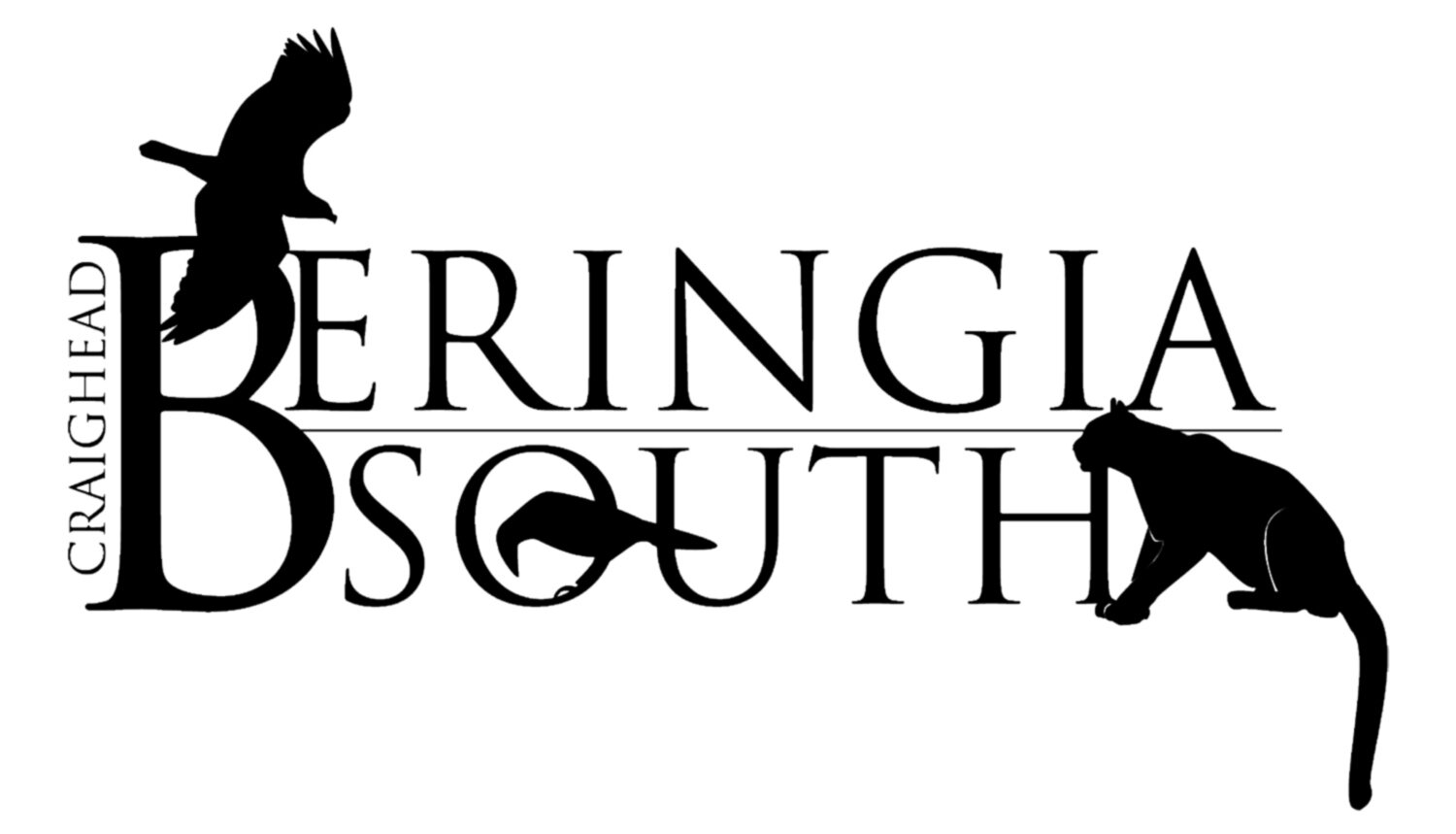
Lead Contamination in Wildlife
Eight years of monitoring blood levels in Jackson Hole’s Ravens and Bald Eagles revealed a link between the hunting season and elevated blood lead concentrations in these birds. By educating hunters and supplying them with non-lead ammunition, we found that a decreased use of lead ammunition correlated with a decrease in blood lead levels in eagles during the 2009 and 2010 hunting seasons. Following our ecological studies, we are continuing this project with a large educational campaign for the hunting community. It is our hope that individuals will learn about this issue and voluntarily choose to use non-lead ammunition, locally and nationally.
Beginning in 2020, we entered a new phase of our lead-based wildlife research, directly focused on using non-lead ammunition distribution programs to offset eagle deaths at wind farms. Wind energy development has increased substantially in recent years in the western US and multiple additional facilities are currently in the pre-development phase. One species that is at risk of being negatively impacted by increased wind energy production is the golden eagle (Aquila chrysaetos). The geographic placement of wind turbines often overlap with golden eagle habitat resulting in mortalities by direct collision. In response to this problem, the United States Fish and Wildlife Service (USFWS) instituted a policy of “no net loss” for this species. If the number of golden eagles that die as a direct result of wind development are greater than zero, mitigation methods must be implemented to reduce eagle deaths as compensation. The only currently accepted and broadly used mitigation technique is retrofitting power poles. Both the USFWS and the wind industry have expressed the need to increase the number of acceptable mitigation methods. Lead poisoning is a significant source of golden eagle mortality and the primary cause is thought to be the ingestion of bullets fragments in the offal of harvested game animals. We recently received funding from the National Fish and Wildlife Foundation to test the efficacy of using a non-lead ammunition distribution program as an effective and quantifiable mitigation technique. To do this, we are distributing non-lead ammunition to hunters in southeast Wyoming. We are then quantifying the number of game animals harvested with non-lead ammunition and finally, estimating the reduction in golden eagle mortalities. At project completion, we will be able to assign a mitigation cost per eagle and provide a scientifically defensible framework industry can follow to offset golden eagle mortalities using non-lead ammunition.
Publications and Data













Want to learn more about this project? Follow up with our partner in research, Ross Crandall on his project specific site! Click here to go there.
